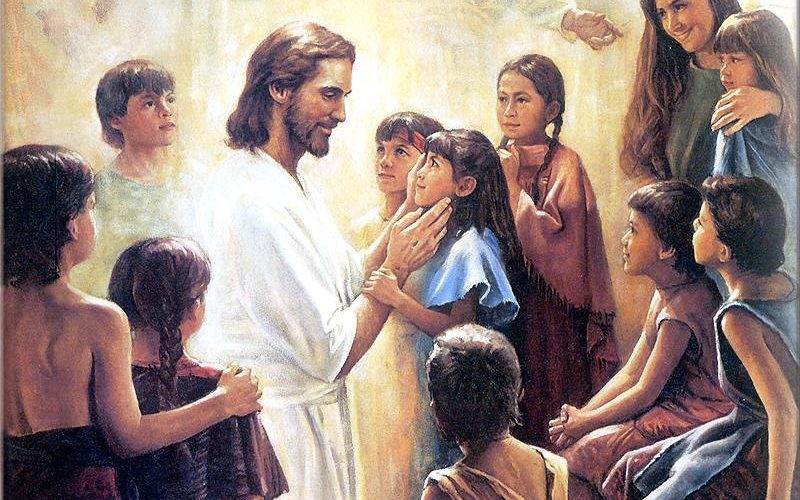The Significance of Jesus and the Little Children
Introduction
In the opening, I talk about the main point of the blog, which is to compare Matthew 19:13–15 and Luke 18:15–17, which are two Gospel stories about Jesus welcoming children. This part will make the reader want to know why these passages are important and how comparing them can help them understand Jesus’ lessons better.
What Matthew 19:13–15 Means
This part goes into great depth about the situation in the Gospel of Matthew where parents brought their kids to Jesus to ask for blessings. It shows how friendly Jesus is and how He tells His servants off for trying to keep the kids away. This is the most important part of knowing what happened based on Matthew’s story.
What Luke 18:15–17 Means
This blog post looks at Luke’s account of the same event and points out any differences in the details, like how Luke puts more stress on babies being brought to Jesus. This part helps people understand Luke’s unique point of view and how he emphasizes the traits of being humble and pure.
Matthew 19:13–15 and Luke 18:15–17 side by side
This part is all about putting the two Gospel stories next to each other and comparing them. The similarities, like how friendly Jesus was, and the differences, like how children were emphasized more than babies, are looked at to show how each author’s version of the event adds to our understanding of it.
What Jesus Meant When He Said, “Let the Little Children Come to Me”
As you read this, you’ll learn more about the strong message Jesus makes in both passages. It talks about why Jesus tells kids to come to Him and what this lesson means for Christians in a broader sense. This verse talks about how important children are and how Christians should have faith like a child.
What We Can Learn from the Two Readings
This part takes lessons from both texts that can be used in real life. People who read it are told to be humble, respect innocence, and see the worth in everyone, especially the weak, in God’s kingdom. These teachings are seen as still important today, and they encourage readers to think about how they treat other people.
What the comparison means for theology
This part talks about the theological depth of comparing the two texts. It looks at the little changes between the Gospels and how they can help us understand Jesus’ ministry better. This part talks about how Jesus’ word is open to everyone and what that means for Christian theology as a whole.
In conclusion
The conclusion sums up what was learned from the comparison and urges readers to value the lessons in these Gospel texts. It talks about how important it is to accept children, be humble, and keep a childlike faith in everyday life. It does this by linking ancient teachings and current practices.
Read More: Aaron’s Priestly Garments: Symbolism, Significance, and Sacredness

